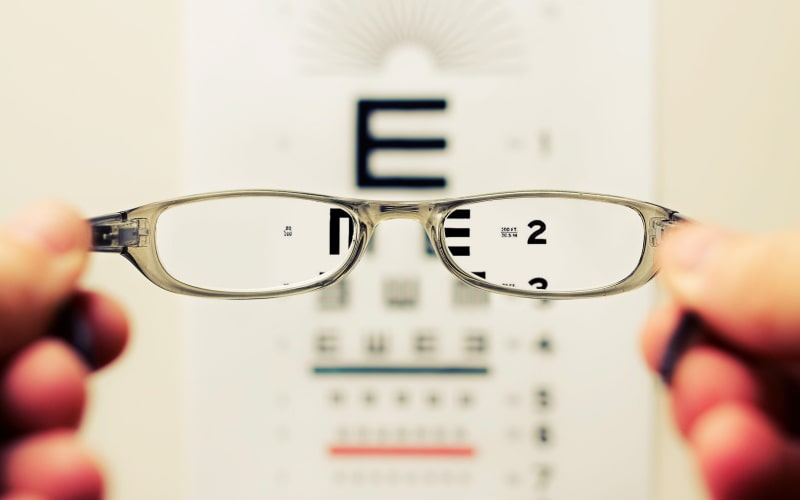
Computer Vision OCR – Technology Application
Table of Contents
OCR (optical character recognition services) aims to identify text characters using modern computer vision OCR technology. The basic principle of OCR is feature detection. Computers are taught to single out patterns specific to an analyzed letter (or any other character, for that matter). Once a program has tested enough data, it effectively identifies notes with particular patterns. Once identified, these sets get digitized. Optical character recognition is about digitizing words, labels, signs, etc.

The most common reasons to opt for optical character recognition are:
- To allow a user to edit the digitized data;
- To sort the data chronologically, alphabetically, or otherwise;
- To search the data for specific details;
- To store the digitized information efficiently;
- To use the data for further AI research.
Who Benefits From Computer Vision OCR
Libraries and Archives
With computer vision OCR, librarians and archive specialists can optimize the time spent organizing their materials. Computer vision allows to catalog, prepare, and classify text holdings easily. For instance, a professional OCR application can facilitate entering the classification information to the fullest.
Research Centers
Computer vision OCR is a reliable way to speed up your scientific project. Creating editable and shareable documents from printed sources with professional OCR technologies takes up to a few hours, thus giving you more time on the research itself. Extracting text blocks from published sources and identifying characters printed on banners, posters, labels, and packages for further research is also our cup of tea.
Government Agencies
Most government agencies deal with a huge amount of data regularly. That is why OCR can be applied to identify the text data without involving administration staff. Compared to the traditional approach to text processing, OCR is much less time-consuming and, as a result, more cost-effective. Also, modern OCR technologies are more accurate than manual re-typing, leaving little room for typing errors.

Banks
As most modern banks prefer their customers to use online banking, OCR can be used to recognize different types of bank documents without any bank staff being involved. For instance, intelligent optical character recognition can help identify the information on invoices and bank statements. With OCR technology, you can minimize the time spent on processing checks and credit card slips. One more possible way to apply OCR in your bank is to create an editable soft copy for a printed document.
Post Offices
The professional OCR software can recognize handwritten text, like addresses on an envelope. That is why applying OCR services for sorting letters and packages according to the address mentioned is a real timesaver. Once recognized, the address can be verified by comparing the findings with actual addresses in the postal database. Also, OCR is used to sort printed media, like magazines and newspapers, contributing to quicker and more efficient mail delivery.

Transportation Companies
The transportation industry’s most obvious way to benefit from OCR services is automatic number plate recognition. Modern OCR systems can recognize text data, preserve the original design and layout of the data, and add an appropriate image. This can be used to develop extensive traffic databases for highway agencies. Also, airports can apply OCR services to recognize passports and extract personal information quicker.
